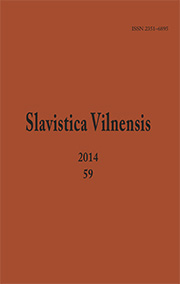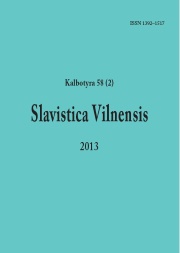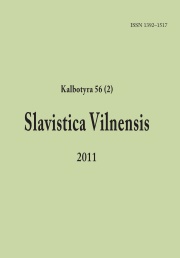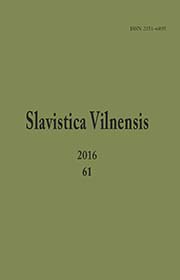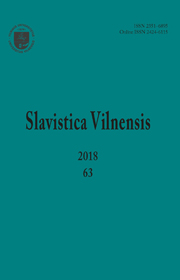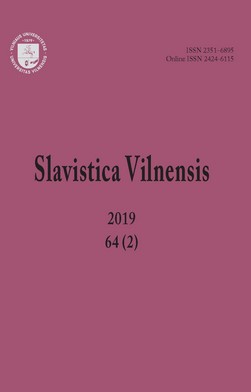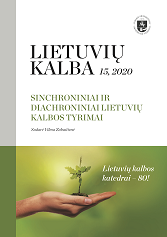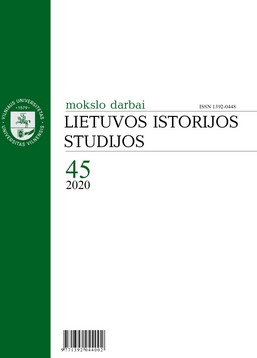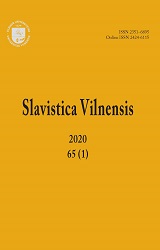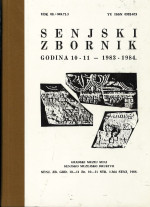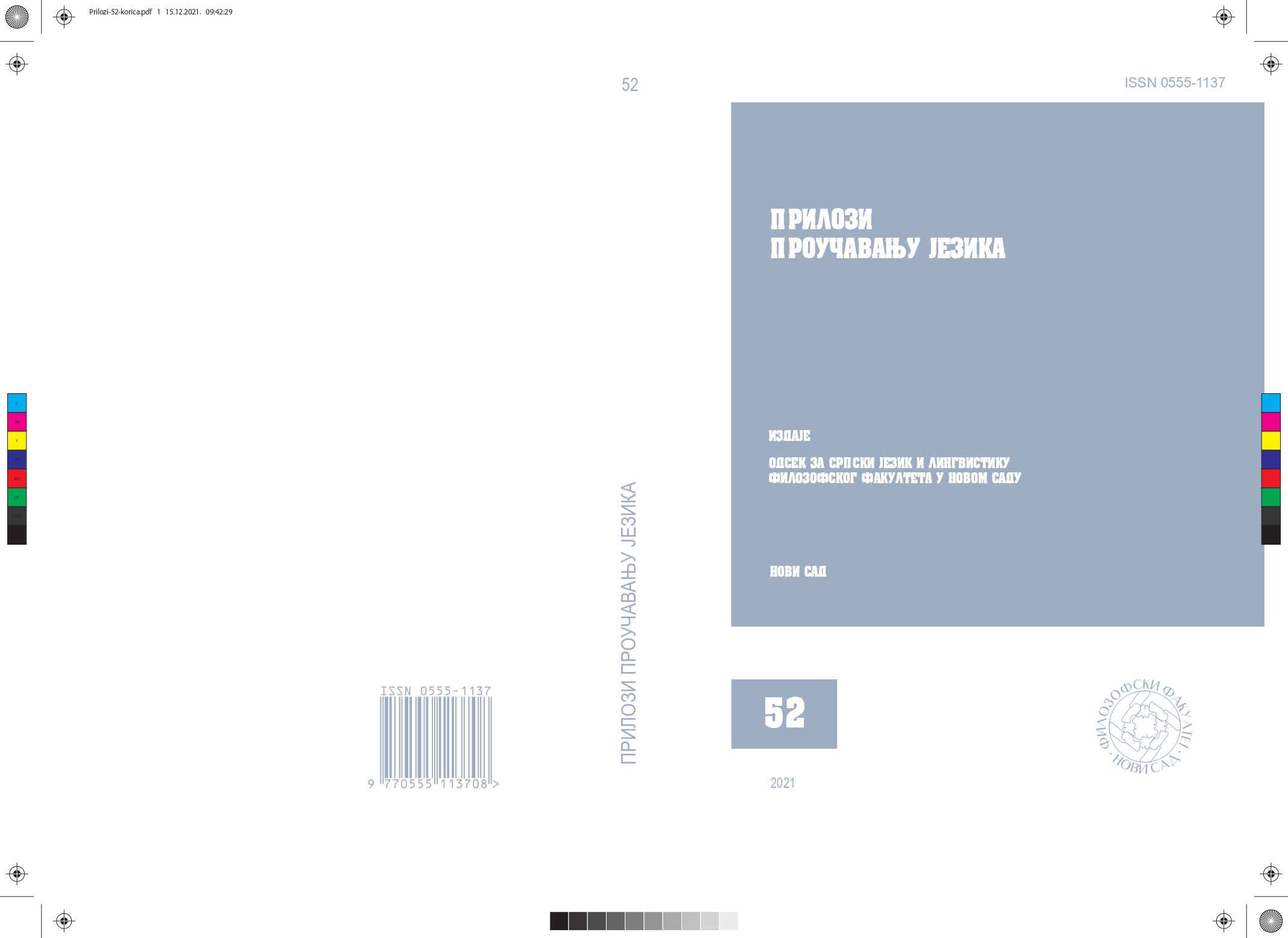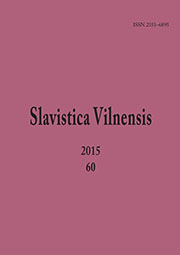
Предварительные наблюдения над структурой и источниками луцкого варианта Измарагда
The Lutsk version of the Emerald was identified by Boris Pudalov [Пудалов 1996, 17]. This version of the main Emerald edition includes two copies dating back to the 16th–17 th centuries. One of them (item No. 33.12.11) is stored in the Library of the Russian Academy of Sciences in Saint Petersburg, and the other one (item No. 1409) belongs to the Barsov’s collection stored in the State Russian Museum in Moscow. The assumption that Emerald No. Q.I.213 stored in the National Library of Russia in Saint Petersburg belongs to the same group of texts was disproved by the structural analysis of the text. Emerald Bars. No. 1409 consists of 110 numbered and three non-numbered chapters; 70 of them come from the main Emerald edition. The structure of the version No. 33.12.11 is similar but not identical to Emerald Bars. No. 1409 on account of six chapters that are lacking and three new chapters that are added to the text. Bars. No. 1409 contains four texts of the oldest Emerald edition that are missing in the core sermons of the main edition. This means that the protograph of the Lutsk version contained more texts of the oldest Emerald edition than is commonly the case. The additional items (39 texts) were borrowed from the Menaeon and the Triodion reading collections. The novelty of the Lutsk version lies not only in its structure, but also in the text itself: most of the sermons have been newly edited.
More...
